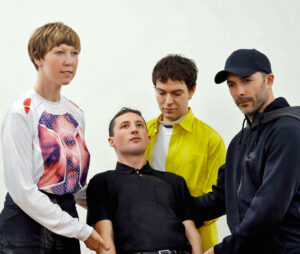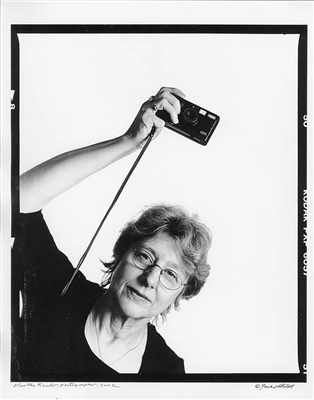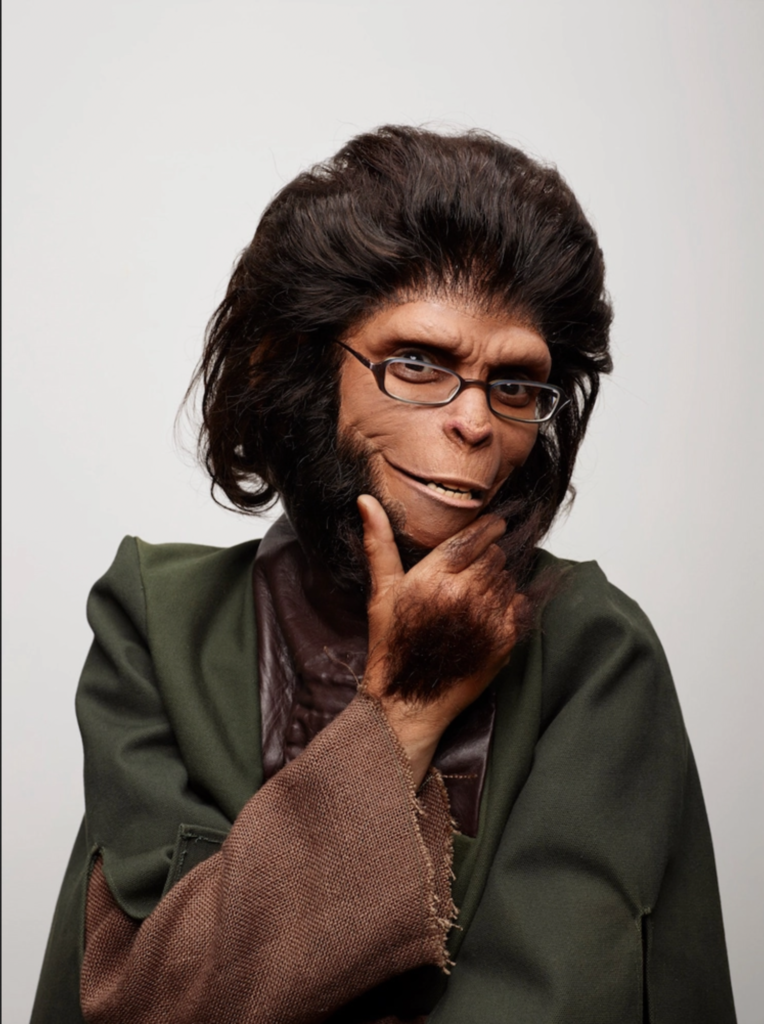
Artist As Curator: When the Artist Takes the Control
Art has been always a field of multiple possibilities to explore, and artists are always looking for different ways to create. At least since the role of curator become popular, more artists has involved in this practice to create narratives from their own gaze regarding their vision of other artists works.
The artist-curator tends to remain outside the commercial art world, and within a community of artists – often ones with whom they studied, or of a similar generation – who are frustrated by the perceived impenetrability of the art world.
For some artist-curators, it is the freedom to create art, control its output and have a say in how it is exhibited that appeals, for others it is a means of survival, a way of gaining exposure for the art that they and others do.
The artist as curator, says the web page Curating the Contemporary: “The figure of the artist-curator emerged from the break towards curatorial independence and in the diversification of artistic practice into the realms of research, academia and pedagogy, as well as the curatorial. The artist acting as curator, although temporarily adopting a curatorial mode of practice, is fundamentally an artist. Whilst the work of the artist as curator is indisputably curatorial, this ilk of curatorial practice often exists in a territory of its own, a limbo-like space situated somewhere between curating and art. It is through the work of the artist who acts as curator that we begin to think of the exhibition as art, and see the autonomous curator functioning in some form of artistic capacity.”
1. Christian Jankowski (Germany, 1968)
“Its time to get out of the studio, out of the white cube, maybe even out of the usual interpretation of artworks.”
Jankowski’s work consists of performative interactions between himself with non-art professionals, between contemporary art and the so-called ‘world outside of art’. These interactions give insight into the popular understanding of art, while incorporating many of contemporary art’s leading interests in contemporary society: regarding lifestyle, psychology, rituals and celebrations, self-perception, competition, and mass-produced and luxury commodities. Over time, Jankowski has collaborated with magicians, politicians, news anchors, and members of the Vatican, to name just a few. In each case, the context for the interaction and the participants are given a degree of control over how Jankowski’s work develops and the final form that it takes. Jankowski documents these performative collaborations using the mass media formats that are native to the contexts in which he stages his work––film, photography, television, print media––which lends his work its populist appeal. Jankowski’s work can be seen both as a reflection, deconstruction, and critique of a society of spectacle and at the same time as reflection, deconstruction, and critique of art, which has given itself over to spectacle and thereby endangered its critical potential.
2. DIS Collective (New York)
DIS is a New York-based collective composed of Lauren Boyle, Solomon Chase, Marco Roso and David Toro. Its cultural interventions are manifest across a range of media and platforms, from site-specific museum and gallery exhibitions to ongoing online projects.
Across its various endeavors, DIS explores the tension between popular culture and institutional critique, while facilitating projects for the most public and democratic of all forums—the Internet.
3. Pablo Helguera (Mexico, 1971)
Helguera is a New York based artist working with installation, sculpture, photography, drawing, socially engaged art and performance. Helguera’s work focuses in a variety of topics ranging from history, pedagogy, sociolinguistics, ethnography, memory and the absurd, in formats that are widely varied including the lecture, museum display strategies, musical performances and written fiction.
Helguera has worked since 1991 in a variety of contemporary art museums, most recently as head of public programs at the Education department of the Guggenheim Museum in New York (1998-2005). From 2007 to 2020, he was Director of Adult and Academic programs at the Museum of Modern Art, New York. He has organized close to 1000 public events in conjunction with nearly 100 exhibitions. In 2010 he was appointed pedagogical curator of the 8th Mercosul Biennial in Porto Alegre, Brazil, which took place in September, 2011.
4. Martha Rosler (New York, 1943)
Rosler works in video, photography, text, installation, and performance. Her work focuses on the public sphere, exploring issues from everyday life and the media to architecture and the built environment, especially as they affect women.
Rosler has for many years produced works on war and the national security climate, connecting life at home with the conduct of war abroad, in which her photomontage series played a critical part. She has also published several books of photographs, texts, and commentary on public space, ranging from airports and roads to housing and gentrification.
5. Coco Fusco (New York, 1960)
Fusco is a widely recognized performance and video artist, curator, and scholar.as often used her own body to address racial representation, stereotyping, and colonial legacies. In one of her earliest performances, Two Undiscovered Amerindians Visit the West (1992 – 1994), she and Guillermo Gómez-Peña portrayed natives of the fictional island of Guatinau. Fusco has consistently mined political material for her pieces, with a particular, personal focus on Cuba. Born in 1960 in New York to a Cuban exile who had fled the revolution, she began developing relationships with Cuban dissident artists in the 1980s. Known for her work in Cuba, her excavation of suppressed historical archives, and her emergence during the battles in the 1990s over national US arts funding, Fusco has become one of the artworld’s foremost champions of free speech.







